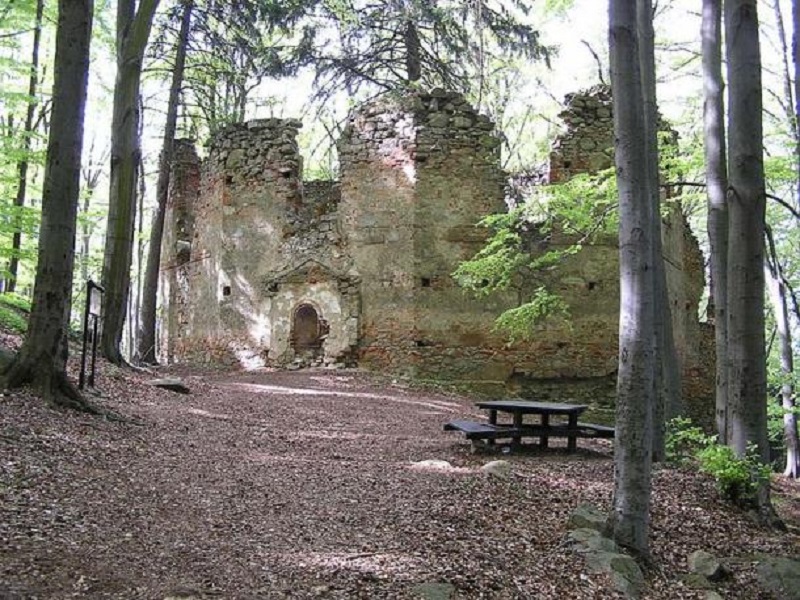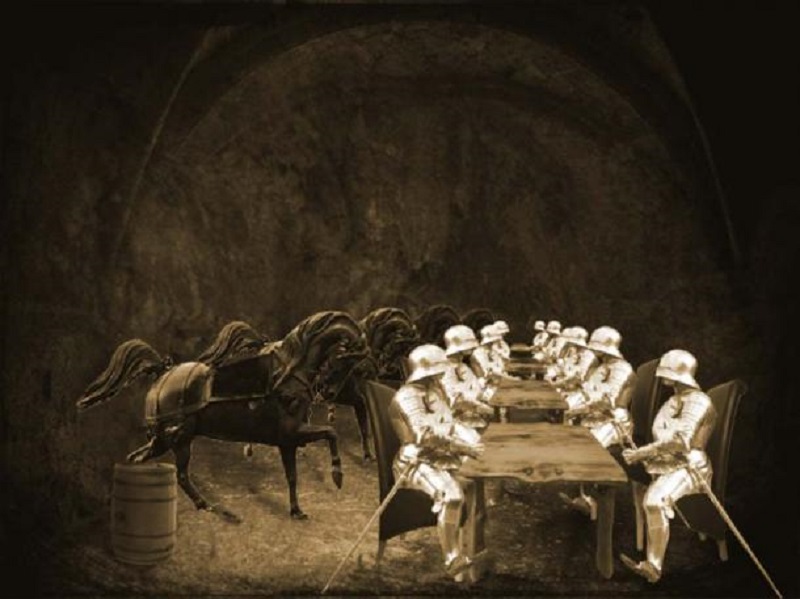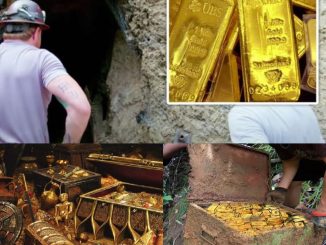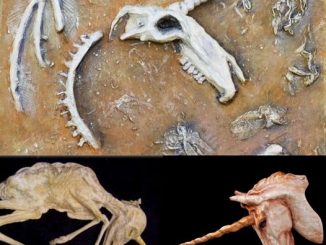The famous Czech legend of the Knights of Blanik tells of an army of knights sleeping in a cave in Blanik, a mountain not far from Prague. It tells that the knights will awaken and be led by a saint to save the country when it faces its darkest hour.
The legend of the Knights of Blanik is written in the book on Czech legends by Alois Jirásek. Although Jirásek’s work dates from 1894, it is believed that the legend appeared in the 15th century and was probably created by ordinary people living in the area.
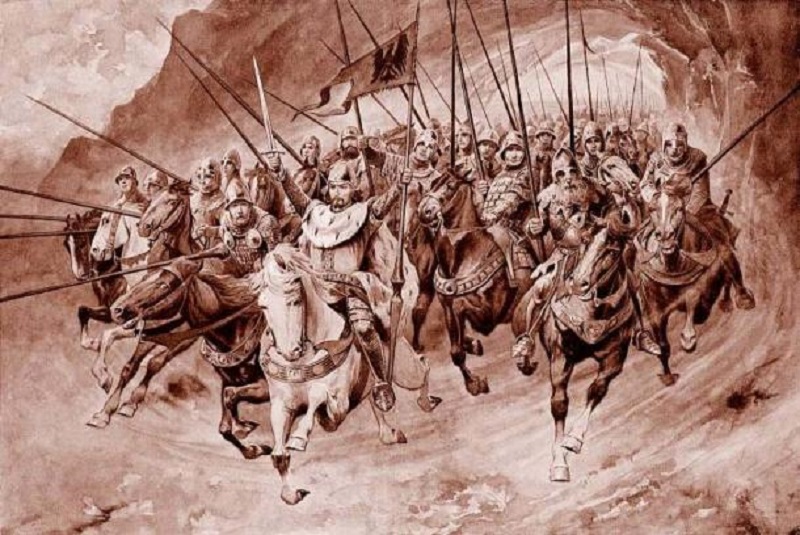
Blaník’s knights depart from the mountain (Věnceslav Černý, 1898). Source: Public domain
Blanik Mountain in Czech legend
Jirásek’s version of the legend begins with a description of Blanik, “a mountain hidden in a dark forest, running from summit to slope.” On top of the mountain are the ruins of stone battlements, below and inside the mountain, according to legend, there is an army of sleeping knights. The commander of the knights was none other than Wenceslaus I, Duke of Bohemia.
Chapel of Saint Mary Magdalene on Mount Blanik. (Public domain)
King Wenceslas
Wenceslaus I, also known as Saint Wenceslas, was a beloved ruler of Bohemia and patron saint of the Czech Republic. He lived in the 10th century AD and was considered a saint almost immediately after his death in 929 AD. In one version of the legend, Wenceslas is sleeping with his knights, waiting for the day his country needs his aid. In another version of the legend, the equestrian statue of King Wenceslas in Wenceslaus Square, Prague will come to life, raise the army of knights at Blanik and rescue the Czech people.
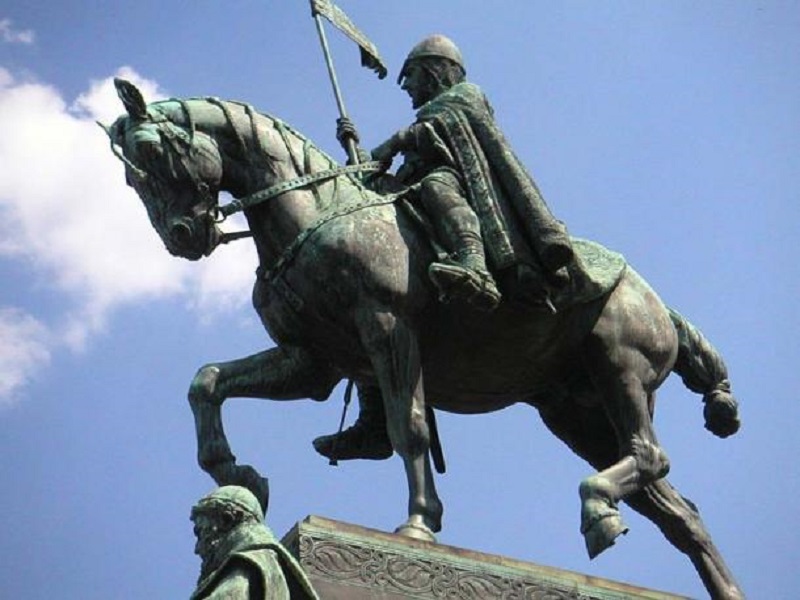
Statue of Saint Wenceslas in Wenceslas Square. Sculpture by Josef Václav Myslbek. ( CC BY SA 3.0 )
Although the Knights of Blanik were said to sleep in the mountains, Jirásek wrote that they would occasionally ride out in the moonlight. On such nights, the thundering sound of horse hooves, the muffled sound of drums and the sound of horns echo throughout the mountains. When dawn came, the knights would return to the mountain, leaving only their footprints in the surrounding grasslands.
Encounter with Knight Blanik
There are also stories of people who encountered knights. One such story concerns a young girl cutting grass under Blanik mountain. One day, a knight appeared and asked her to clean up the inside of the mountain and she obliged.
She did so and went home. However, when she arrived in the village, people asked her where she had been. The young girl thought only a day had passed, but it turned out she had been gone for a year. When the girl told the story to the villagers, they understood what had happened. The girl was pronounced dead three days later.
Knight Blanik. (Andurb Blog)
In another story, a blacksmith in Louňovice was invited by knights to shoe his horses. The blacksmith did so and as he left he was given a small sack filled with scraps. The angry blacksmith emptied his bag in front of the mountain and went home.
When he arrived, the villagers were surprised because the blacksmith, like the girl, had been gone for a year. The blacksmith told his story and showed them the bag. He shook the empty bag and three ducats fell out. At this point the blacksmith realized his mistake and quickly returned to the mountain but could not find any scraps or coins.

Blacksmith with Knight Blanik’s horse. (Andurb Blog)
Statue of Knight Blanik
The legend of the Knights of Blanik inspired a Czech artist to create sculptures representing these sleeping warriors. Stanislav Rolínek, a self-taught sculptor, chose a sandstone cave in Kunštát to create his works of art. An equestrian statue of Saint Wenceslas, accompanied by 16 knights, can be found in the cave. Additionally, a statue of a giant lion is seen guarding the entrance to the cave. Unfortunately, Rolínek died of tuberculosis before his 30th birthday in 1931, and his artwork could not be completed.
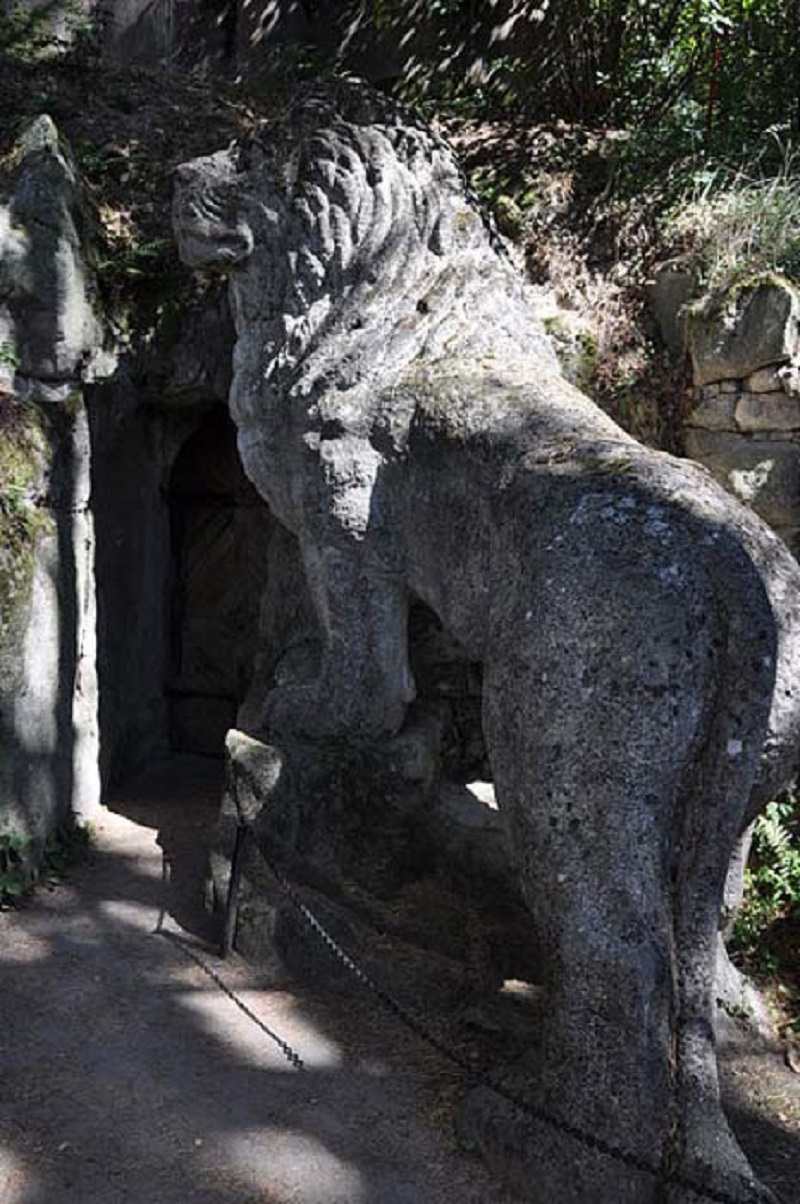
Statue of a lion guarding the Blanik Knight’s Cave. (Ben Skála/ CC BY SA 3.0 )
